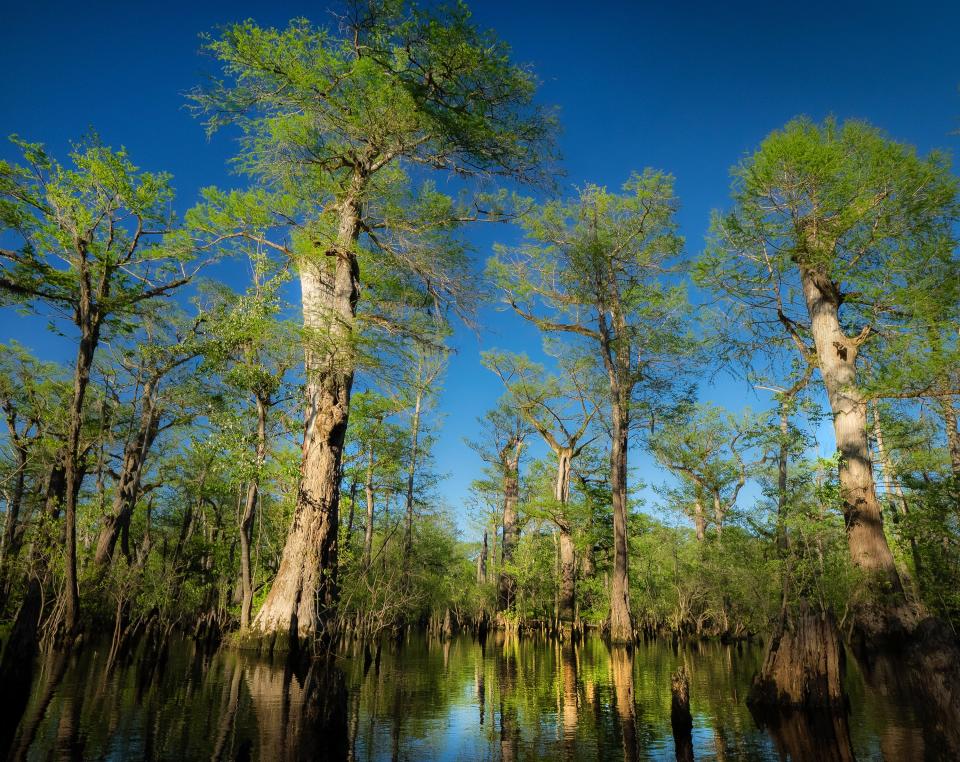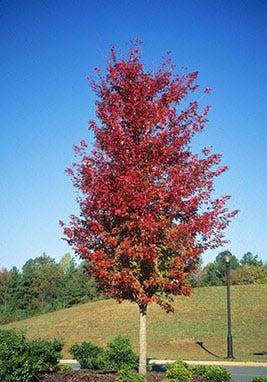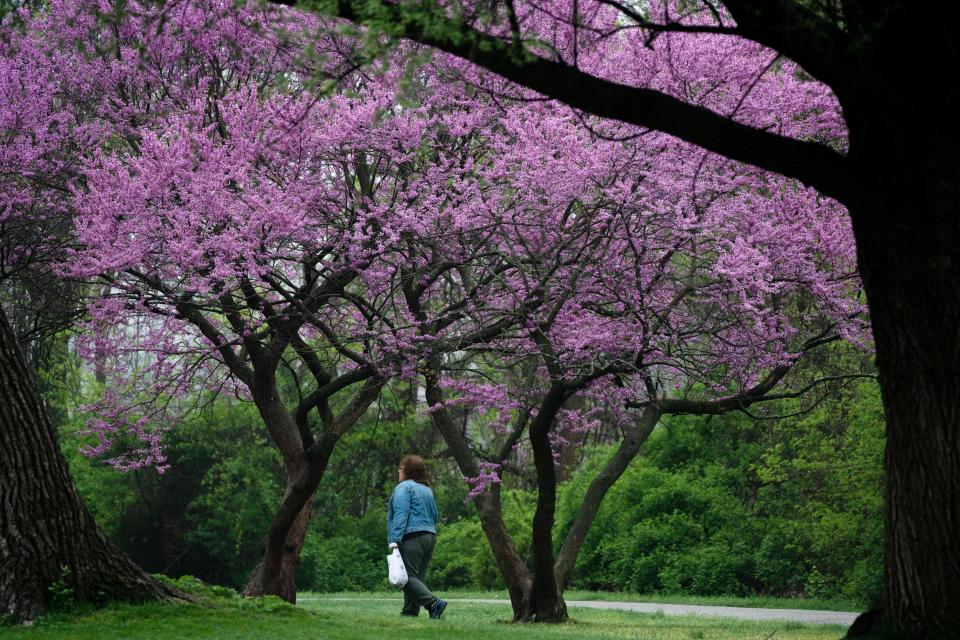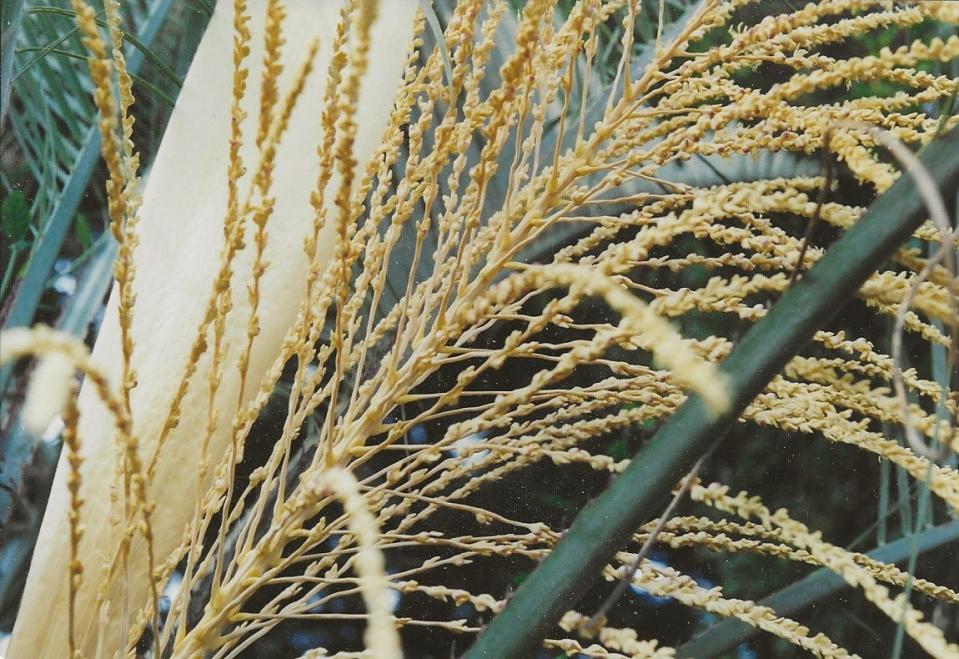When it comes to deciduous trees, bald is beautiful
Guys whose follicles are dwindling on a daily basis probably don’t think bald is beautiful. But when the subject shifts to deciduous trees, many species are stunning as they approach dormancy and again when they reawaken in late winter and early spring.
Bald cypress trees, ranging naturally from Delaware to Florida, are particularly attractive in late autumn as their fine foliage transitions to a coppery color before falling. Among the most striking trees I’ve seen was a bald cypress on Cumberland Island, which lies just above the Florida-Georgia line. It was November, and the tree was magnificent in both form and hue. Incidentally, the closely related and extremely similar pond cypress is equally attractive.

Another native favorite – one that undergoes nearly constant change – is red maple, one of five Florida maples. Found from Southern Canada to Florida and Minnesota, red maple is a fast-growing tree that features reddish flowers in late winter followed by red, winged fruit. What happens next is red-tinged young foliage that – eventually – turns vibrant shades of red or yellow before dropping in autumn.

Although these two trees have much in common – both bald cypress and red maple prefer moist sites and grow rapidly when young – they’re vastly different in other respects, especially longevity. Red maples have a 75-year lifespan, while bald cypress trees can live for centuries. Note: Be sure to purchase locally grown plants, not specimens cultivated in Northern states.
Peanut butter plant Imagine a fruit that tastes like peanut butter dipped in honey
Got a thing for magnolias? These three Asian varieties are perfect for Central Florida
You might not even know they're cactuses But these trailing beauties thrive indoors
Of course, exotic deciduous trees are common in Central Florida landscapes, with trumpet trees (Tabebuias) and tree-size crape myrtles enjoying significant popularity. But species that were familiar sights before the horrendous freezes of the 80s deserve to play roles in our gardens again.

One old-time favorite is the jacaranda (J. mimosifolia), a lovely lacy-leaved species with a wide-spreading canopy and clusters of violet blossoms in spring. In addition, this handsome tree, up to 35 feet tall, creates a soft shade ideal for sheltering understory plants, as well as picnic tables and hammocks.
Another distinctive tree that’s largely disappeared locally is Jerusalem thorn, aka parkinsonia.
A cold-hardy species with an incredibly airy aspect, Jerusalem thorn blooms intermittently during the warm season, bearing small but abundant clusters of yellow and red blossoms. Naturalized in Texas and Arizona, this sun-loving tree tolerates poor, sandy sites. Up to 30 feet tall, plants grow rapidly but have been known to topple in severe storms.
Plant to ponder: Jelly palm
Also called pindo palm, jelly palm is an extraordinarily cold-hardy feather-leaved species from Brazil.

Plants grow up to 15 feet tall at a slow to moderate rate in bright light. They feature bluish foliage, wheat-colored flowers and edible orange or yellow fruit. Propagate by seed.
This article originally appeared on The Ledger: From bald cypress to red maple, deciduous trees show bald is beautiful

